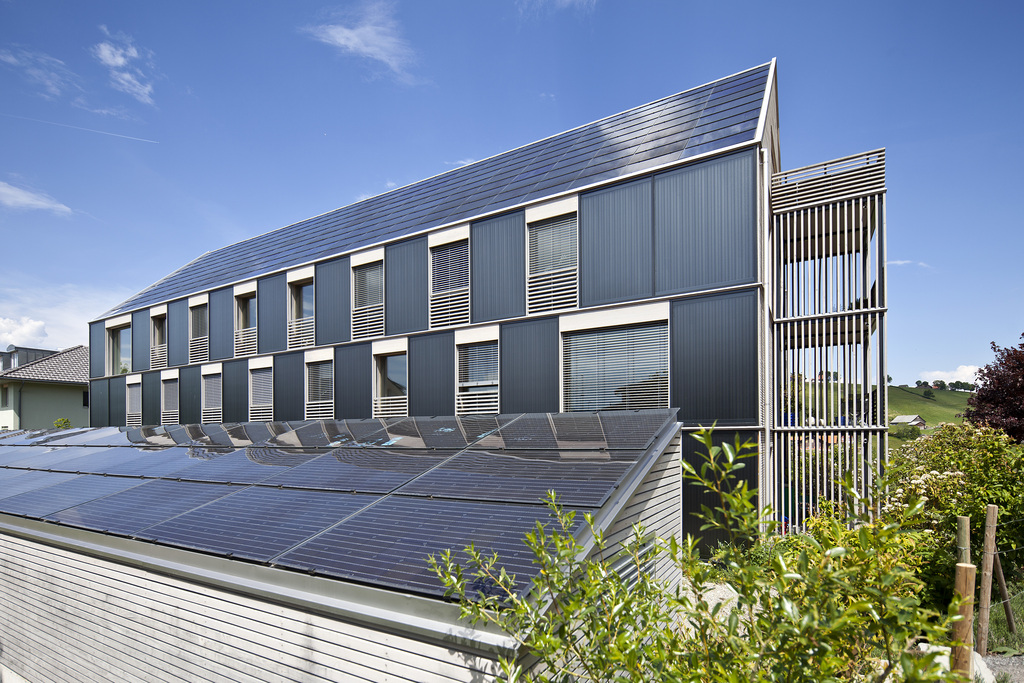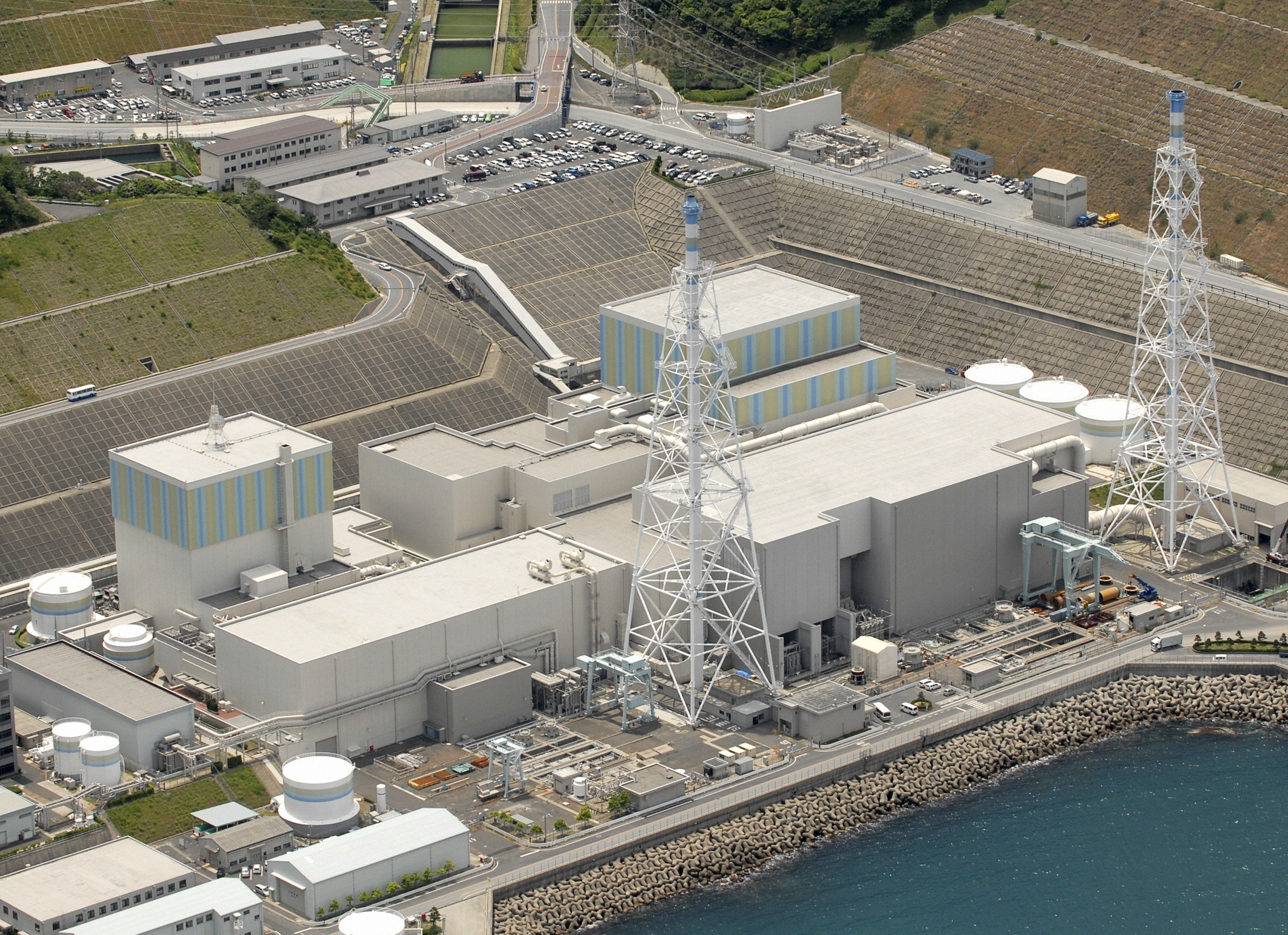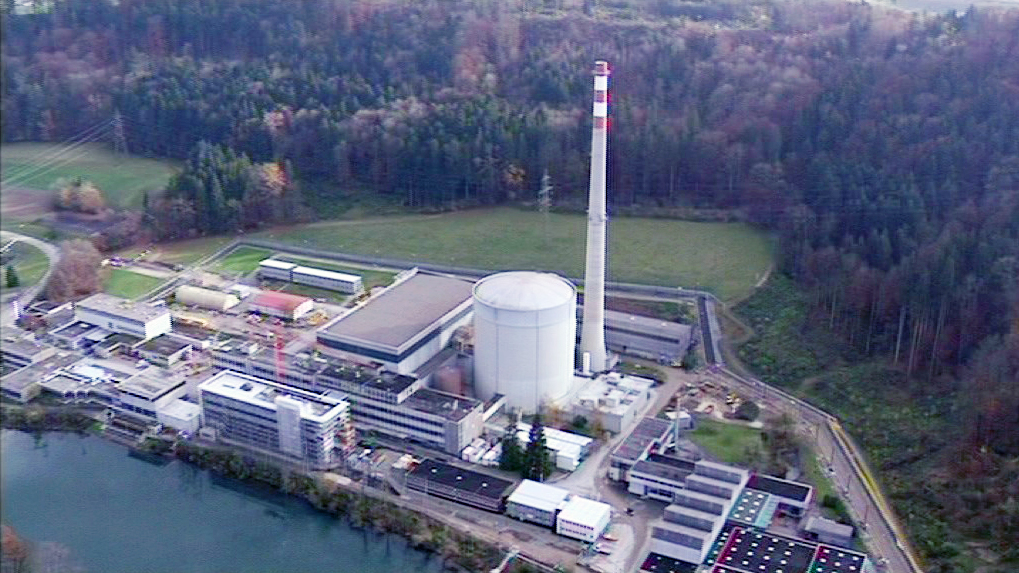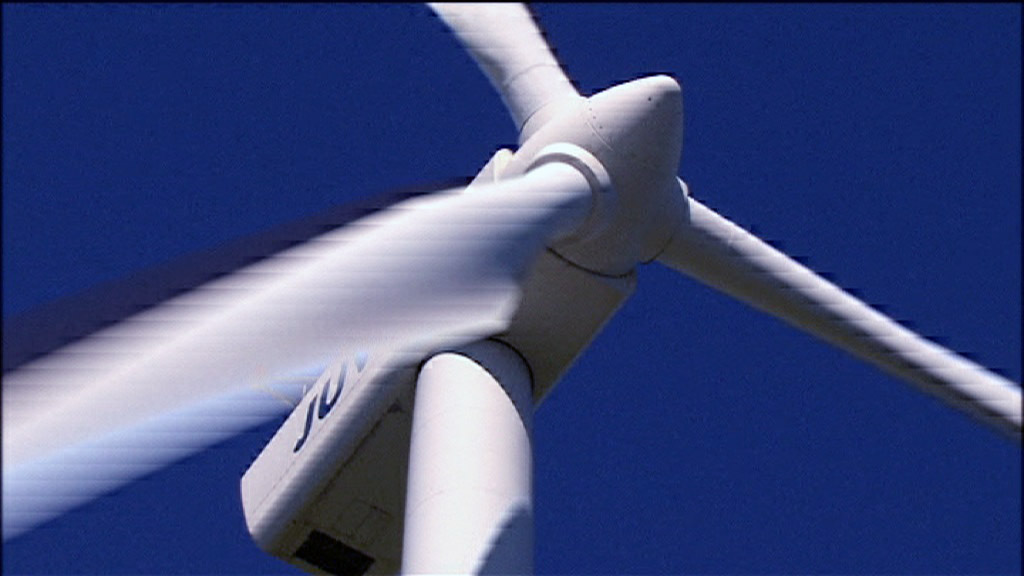Major shift in energy policy looms

The phasing out of nuclear power will mean a profound transformation of the Swiss energy system. But the Energy Strategy 2050, which the government has issued for consultation, is too slow for some, unrealistic for others.
It will be the issue of the century for Swiss politics – but also for the economy and society as a whole. The new energy strategy, devised in the wake of the March 2011 nuclear disaster at Fukushima, will need to be implemented over several decades and will keep two or three generations of politicians busy.
At the economic level, hundreds of billions of francs will be needed to bring about the planned energy savings, develop renewable energy sources, modernise infrastructure and shut down the atomic power stations.
The transformation of the national energy system will call for new clean-tech firms and new jobs, while heavy cuts are looming for the three major electricity suppliers who run the nuclear plants.
New energy taxes, financial support for private power stations, rebuilding of plants, electrification of vehicle traffic, stricter standards of energy efficiency for lighting and appliances: the wave of change will affect every citizen in one way or another. Thousands of solar, wind and geothermal plants will be springing up everywhere, changing the face of the country.
Halving consumption
These are the scenarios being conjured up by Energy Strategy 2050, put out for consultation by the federal government at the end of September.
In the absence of a finalised plan, the details remain somewhat vague, but for the government one thing is sure: Switzerland will be able to cover its own needs for electrical energy without nuclear power plants, but there will have to be “major efforts” and a “shift in thinking”.
Concretely, the government strategy aims to halve total consumption of energy by 2050 through a series of measures aimed at improving the energy efficiency of buildings, industries, transportation, machinery and power stations.
The savings will mainly affect imported fossil fuels, while domestic production of electricity is to decline slowly. Atomic energy will be made up for almost completely by new renewable energy sources, such as solar and wind.
This proposed energy turnaround has the backing of the parties of the left and centre and the environmental lobby.
“We’re going in the right direction, especially as regards giving up nuclear power, reducing our dependence on petroleum, and energy savings,” said Social Democrat parliamentarian Eric Nussbaumer.
Too long a wait
Nevertheless, he still has a few reservations about the extended timeline envisaged by the government.
“Some important measures in the new energy strategy have been put back beyond 2020. These include the introduction of an ecological tax on fuels, the revenues from which would serve to develop renewable energies more quickly. The government just thinks that this kind of tax is still taboo in Switzerland.”
For the Swiss Energy Foundation, the new strategy is going in the right direction but too slowly.
“The measures proposed will not be enough to bring about even half the objectives of the new strategy,” said Felix Nipkow, a specialist with the environmental group.
“The government is going slow on photovoltaic energy in particular, which offers the biggest development potential in Switzerland. While wind-powered and hydro-electric plants provoke resistance from those who want to preserve the landscape, photovoltaic equipment can be set up without any problems on almost any house,” he said.
“It would be enough to cover half the roofs that are suitable – that is, sloped and facing south – to meet a quarter of the need for electricity.”
Nuclear lobby is sceptical
The new energy policy triggers reactions of scepticism and even strong opposition from the forces of the centre-right and the right.
“The government is overestimating the potential of renewable energy and underestimating the need for electricity, which has not stopped growing in recent decades,” said former senator Rolf Büttiker, a spokesman on energy policy for the centre-right Radical Party.
According to Büttiker, who is chairman of the electrical company Onyx, this growth will only continue in future, “on the one hand because the population is increasing and on the other because some of the measures in the new strategy are bound to increase consumption: just think of those electric cars or using thermo pumps instead of oil-fired heating”.
Also sceptical is the Swiss Nuclear Forum, which is campaigning to keep atomic energy.
“To make up for the 40 per cent of our electricity produced by nuclear power plants, there will probably have to be large-scale imports of energy, and gas stations,” said Roland Bilang, who heads the association.
“We believe that Swiss nuclear energy remains the best solution, both from an economic point of view and from that of security of supply and CO2 emissions.”
Nationwide vote
While Switzerland’s energy future raises questions, it is not clear when the nuclear power plants are to be shut down.
“The government wants to put back the decision for several years. We think that’s not a good idea, because without a definite date it is harder to bring pressure to speed up the development of renewable energy,” Nussbaumer said.
Though Social Democrats and Greens are pushing for a rapid phase-out of nuclear power, supporters of atomic energy have not given up all hope.
“I think it’s a mistake to shut the door on nuclear power too quickly, because in the next few years there may be much safer technologies developed,” Büttiker said.
“Such a major change of direction towards a still uncertain energy future should at least be put to a nationwide vote.”
In the wake of the Fukushima disaster, the Swiss government, backed by a centre-left majority in parliament, decided to give up building nuclear power plants.
A decision on closing dates for the five current stations has not been made yet.
Initially these plants were expected to have a life-cycle of at most 40 years. The government is now going for 50 years, in which case the last station would shut down in 2034.
According to Energy Strategy 2050, which has been put out for consultation until the end of January, energy consumption is to be reduced by more than a third by 2035 and nearly half by 2050.
The energy-saving measures will have the most effect on fossil fuels (petroleum, gas and coal), which now cover 70% of the total energy needs.
Their contribution is to dip below 50% by 2050, while the remaining need is to be met almost exclusively by renewable energy sources.
Consumption of electricity is supposed to diminish gradually. Giving up atomic energy (40% of today’s electricity) is to be made up almost entirely by new renewable energy (solar, wind, etc.).
To limit opposition to the building of new power plants, exploitation of renewable energy is being declared “in the national interest”, with higher priority than nature and the landscape.
The government expects the new renewable energy plants to cost SFr30 billion. The price of energy should increase 20-30% by 2050.
(Translated from Italian by Terence MacNamee)

In compliance with the JTI standards
More: SWI swissinfo.ch certified by the Journalism Trust Initiative




You can find an overview of ongoing debates with our journalists here. Please join us!
If you want to start a conversation about a topic raised in this article or want to report factual errors, email us at english@swissinfo.ch.